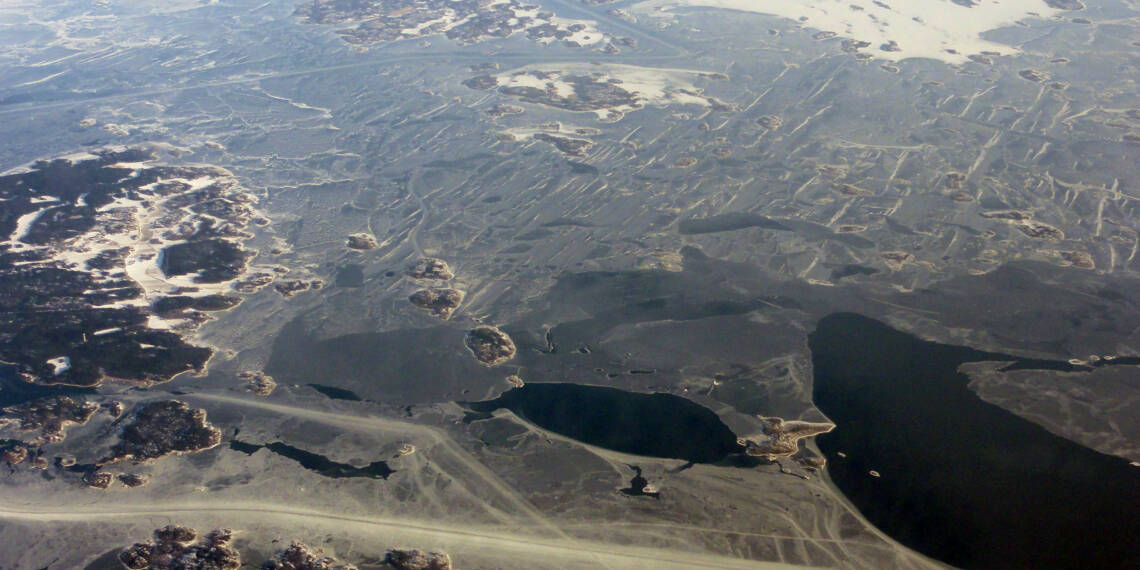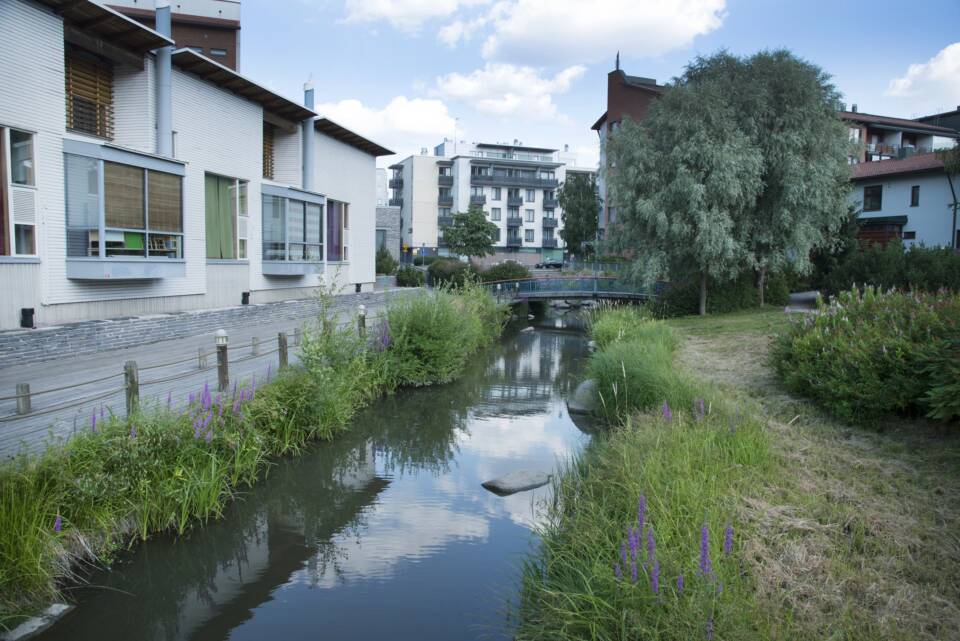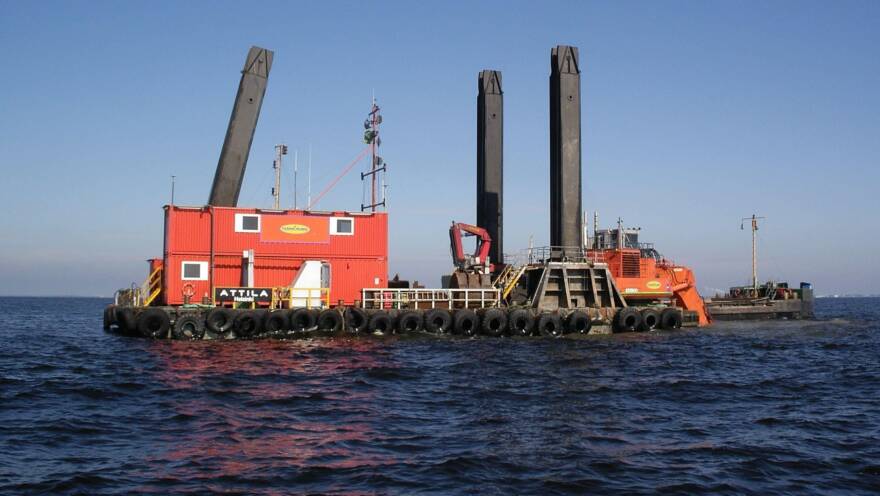
Emissions and concentrations of heavy metals are decreasing
The Baltic Sea ecosystem is most burdened by toxic substances that degrade slowly and accumulate in the bodies of organisms. The most harmful are substances that accumulate in the food web and concentrate at the top of the food chain: in predatory fish and fish-eating birds and mammals. Some of these substances are certain heavy metals. Their concentrations are monitored particularly closely in Finnish marine areas.
State of the Baltic Sea 2024: Heavy metals
Among the heavy metals that accumulate at the top of the food web, mercury, lead, and cadmium have long been a concern in the Baltic Sea. Currently, the concentrations of all these metals in fish in Finnish marine areas are at good levels. However, the copper concentration in bottom sediments exceeds the target levels in all Finnish marine areas.
State of the Baltic Sea: Heavy metals (ymparisto.fi, only in Finnish)(siirryt toiseen palveluun)
The heavy metals that have caused the most concern in the Baltic Sea are nickel, cadmium, mercury, and lead. These metals enter the Baltic Sea mainly from industrial sources, which means that emission levels are fairly well known, and emissions have been effectively controlled.
Thanks to these restrictions, the mercury concentration in fish has decreased in all Finnish marine areas and now remains below the limit values used in the EU, indicating a good situation. However, fish caught near the coast and large predatory fish still show mercury concentrations approaching the limit values.
The situation is also good for cadmium, nickel, and lead in all Finnish marine areas: average concentrations do not exceed the limit values. However, in some places, concentrations may be higher than the target levels. In contrast, the copper concentration is higher than the target level in the bottom sediments at all measurement stations.
Heavy metals enter the Baltic Sea through various routes
Most heavy metals end up in the Baltic Sea as point source pollution, for example, from industry or municipal wastewater. However, significant amounts of heavy metals also enter the sea via rivers, carried by runoff from fields, forests, or urban areas.
Assessing and monitoring this so-called diffuse pollution is more challenging than point source pollution, as emissions come from large areas, multiple sources, and there is no available measurement data.
The transport method varies by substance. For example, more than half of the copper entering the sea is transported by rivers, over a third from ship antifouling paints or atmospheric deposition, and only a small fraction from point sources.
Some heavy metals enter the sea through the air. Both emissions of heavy metals into the air and their deposition into the Baltic Sea have decreased since the 1990s. In particular, the deposition of cadmium, lead, and mercury has significantly decreased.

Chemical loading must be considered in certain activities such as dredging
As external loading decreases, harmful substances are slowly stored in the deeper bottom sediment layers of the Baltic Sea. In this way, they leave the cycle of nature. Within these bottom deposits, the sediments may thus record harmful substances from both natural sources, as well as from anthropogenic loads.
Increases in anthropogenic pollutants, such as heavy metal loads from the 1950s to the 1980s are reflected in the seabed sediment records of the Baltic Sea. Although the concentrations of lead, mercury, cadmium, and radioactive cesium in the seabed surface sediments have declined markedly over earlier decades, harmful substances continue to be abundant deeper in the sediments.
However, human activities, such as the dredging and dumping of bottom sediments, can release harmful substances back into the water. Once they are in the water column, they can transfer back into marine biota. Therefore, it is important that large-scale offshore construction works consider the chemical consequences of their project.

-
 Find out more
Find out moreMerirakentaminen ja ruoppaus
-
 Find out more
Find out moreHaitallisten aineiden indikaattorit

